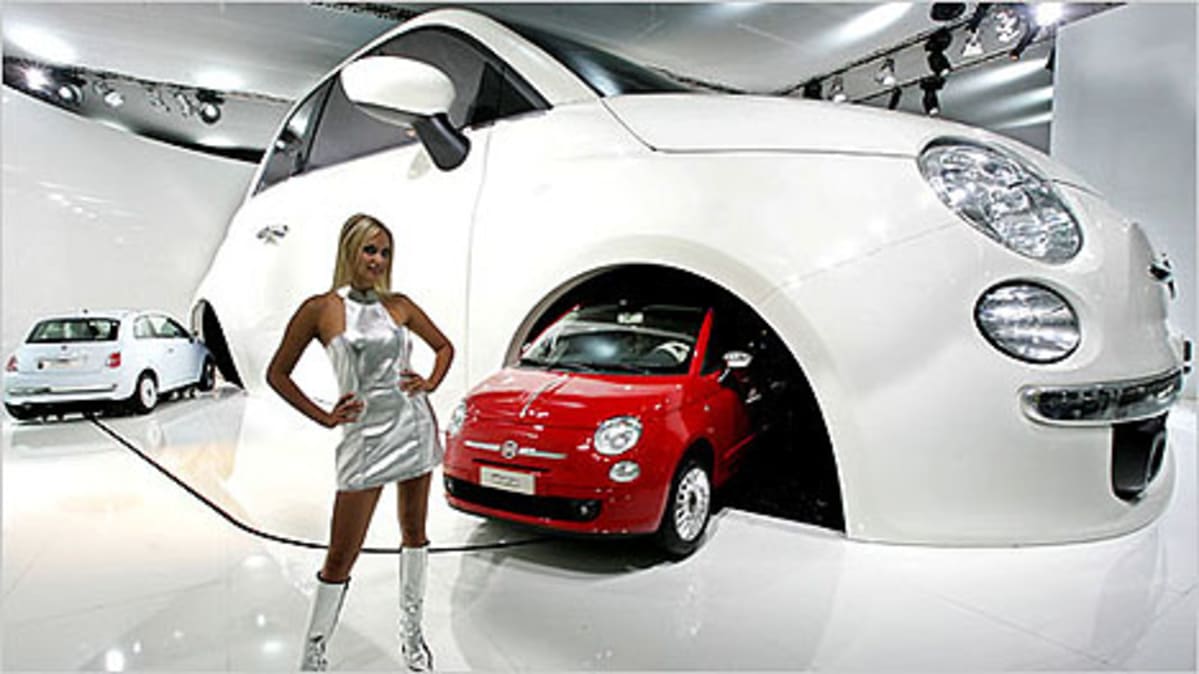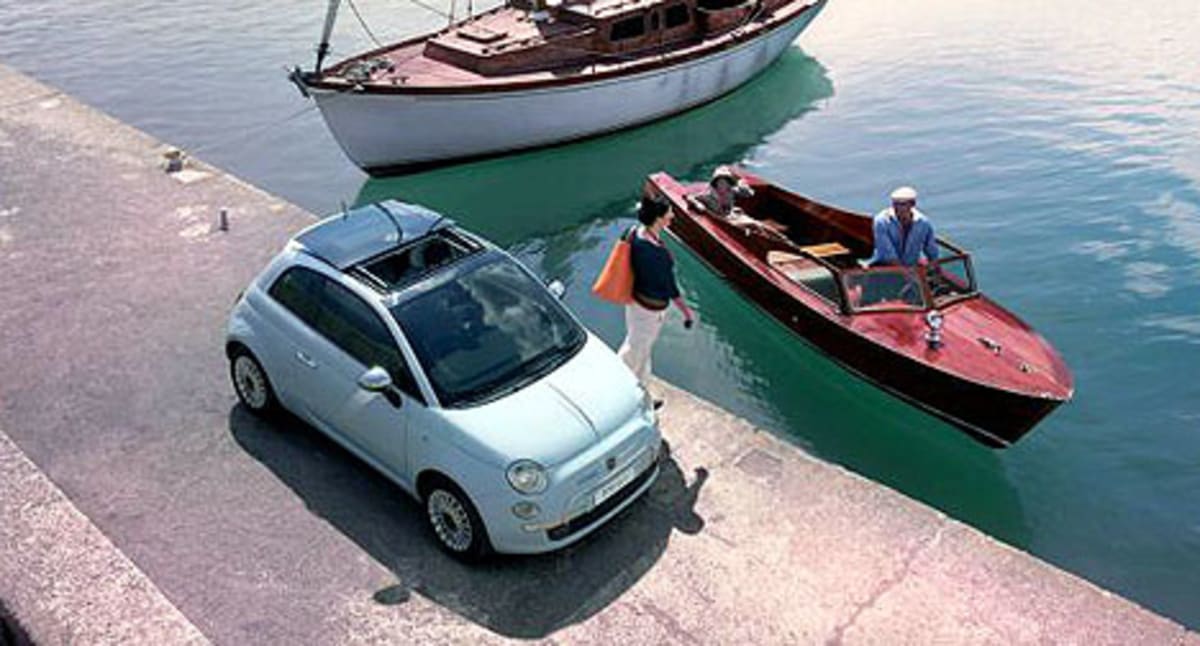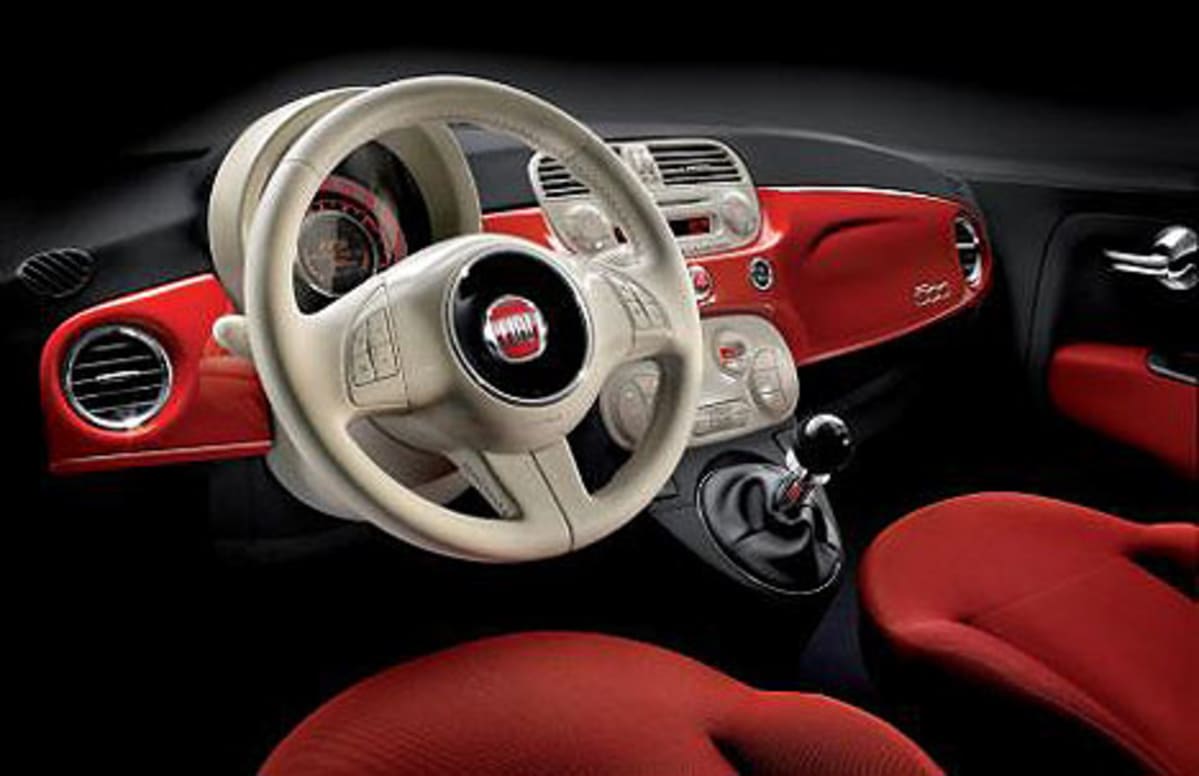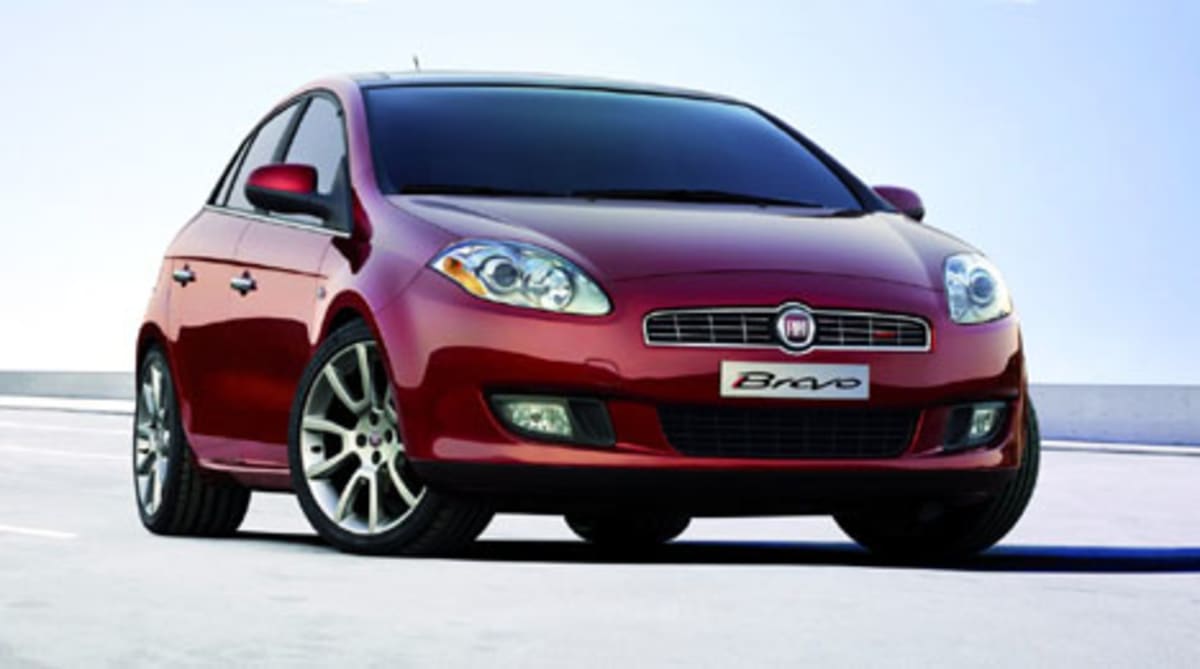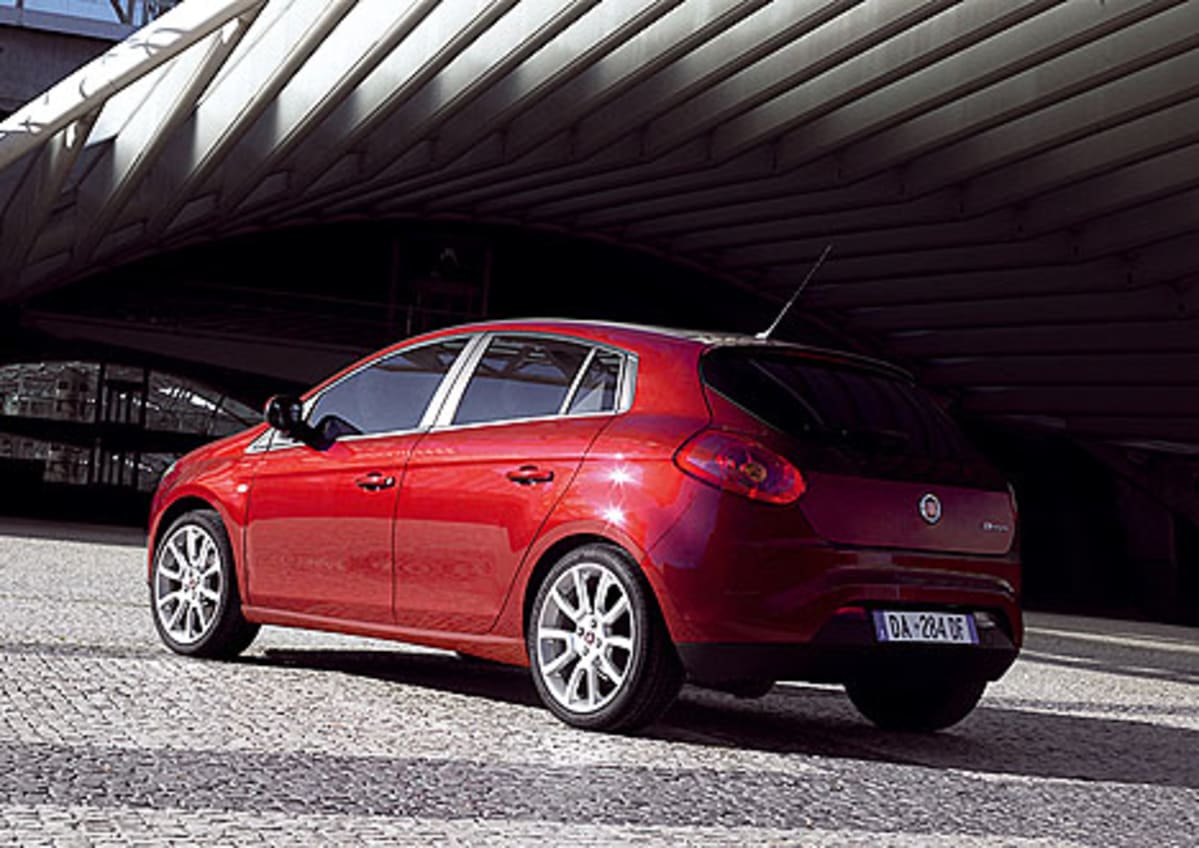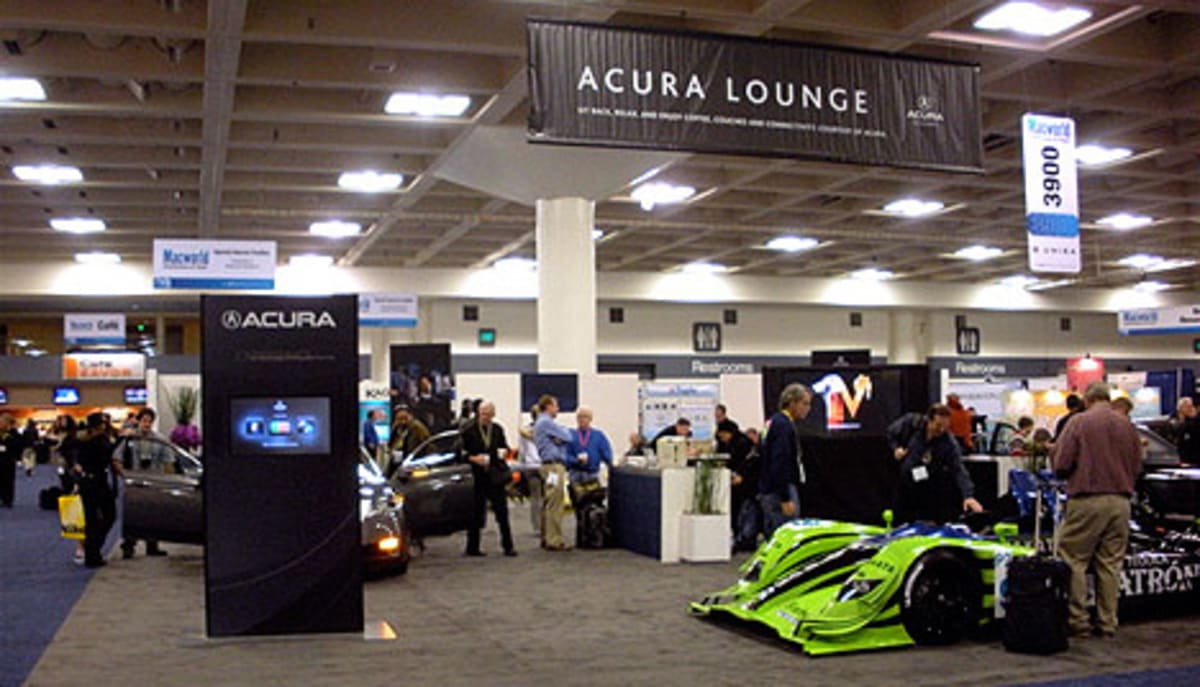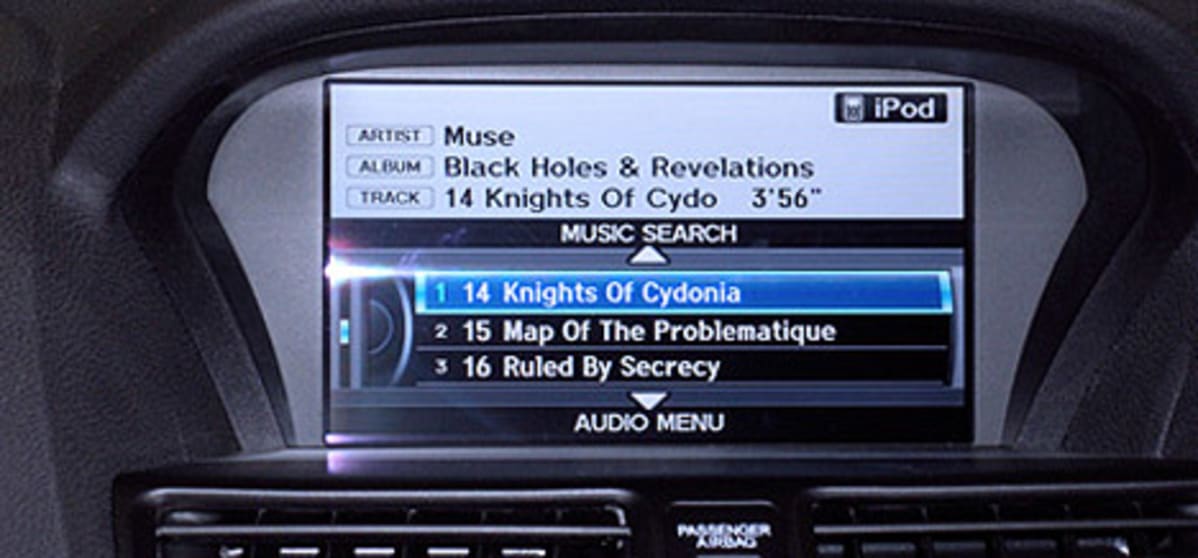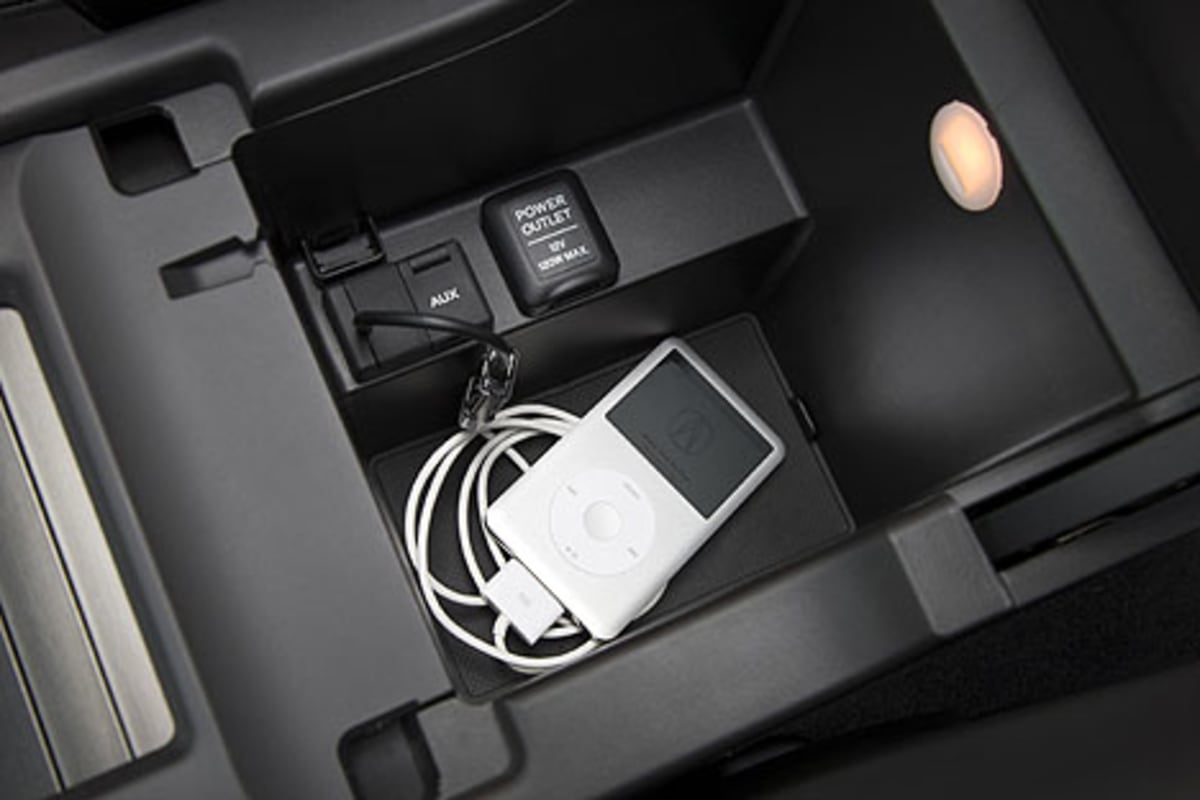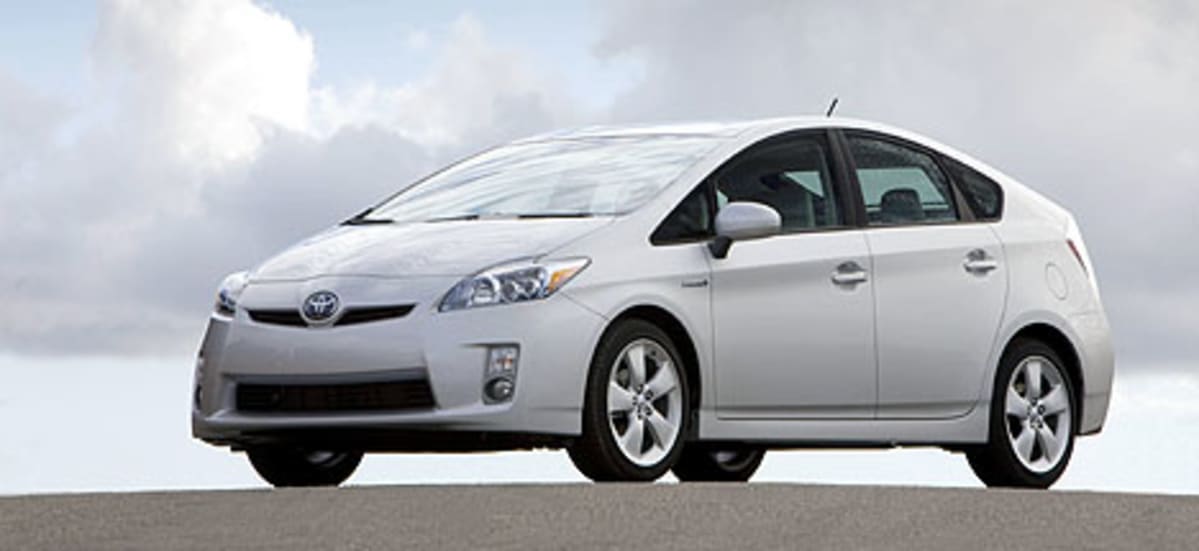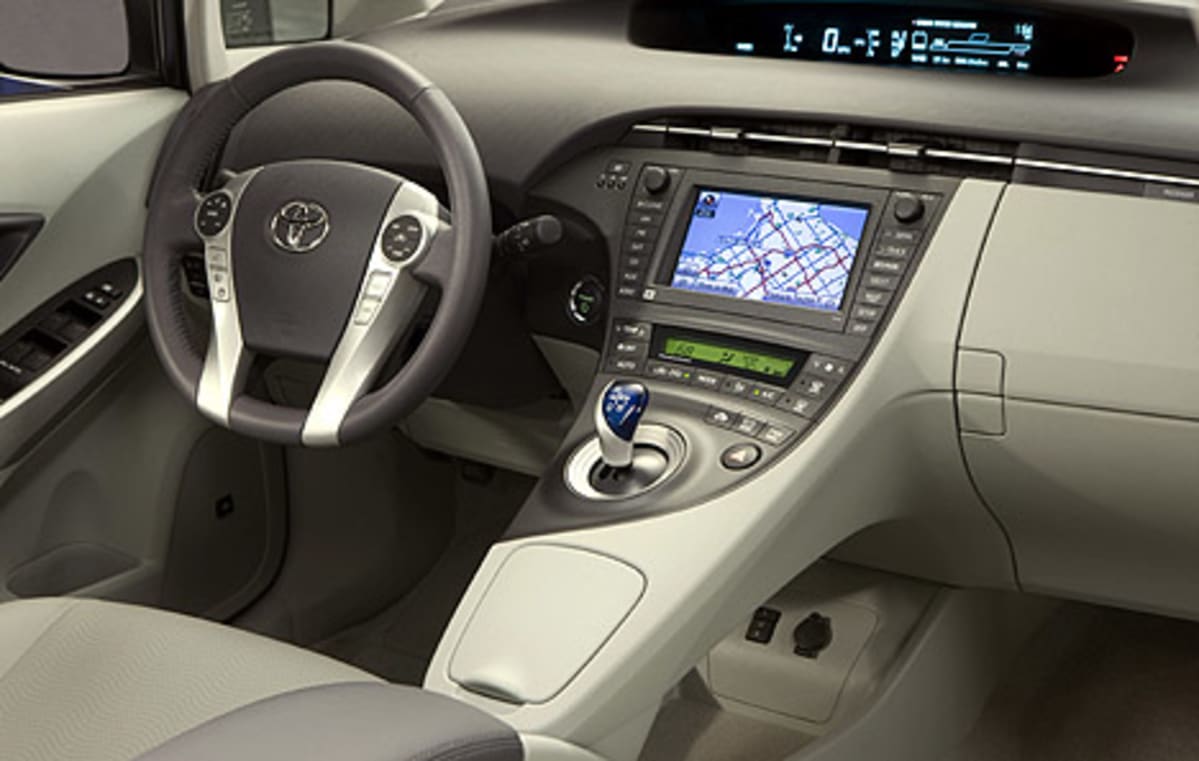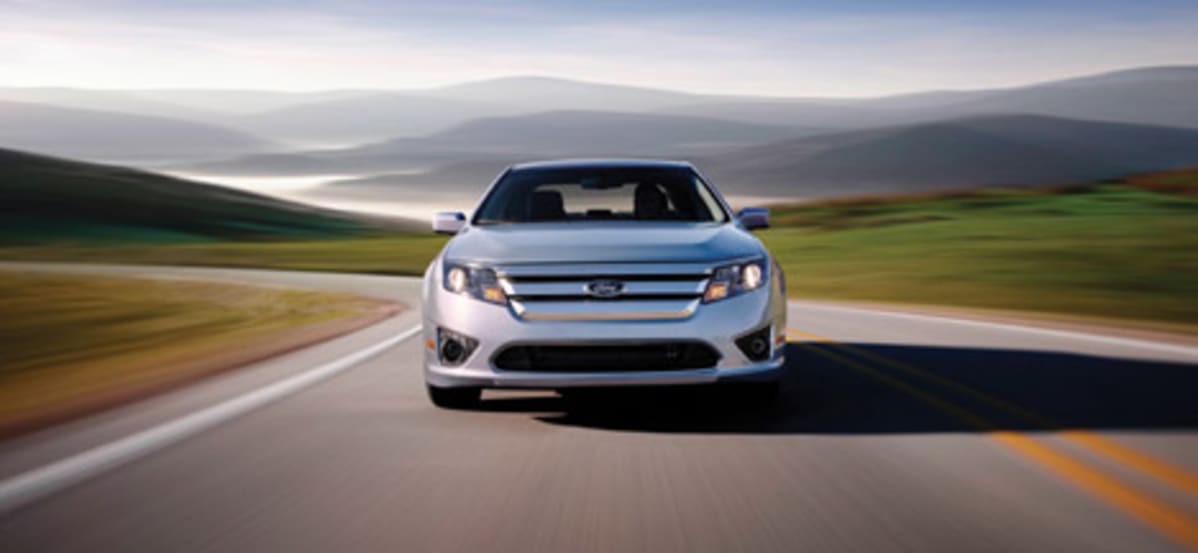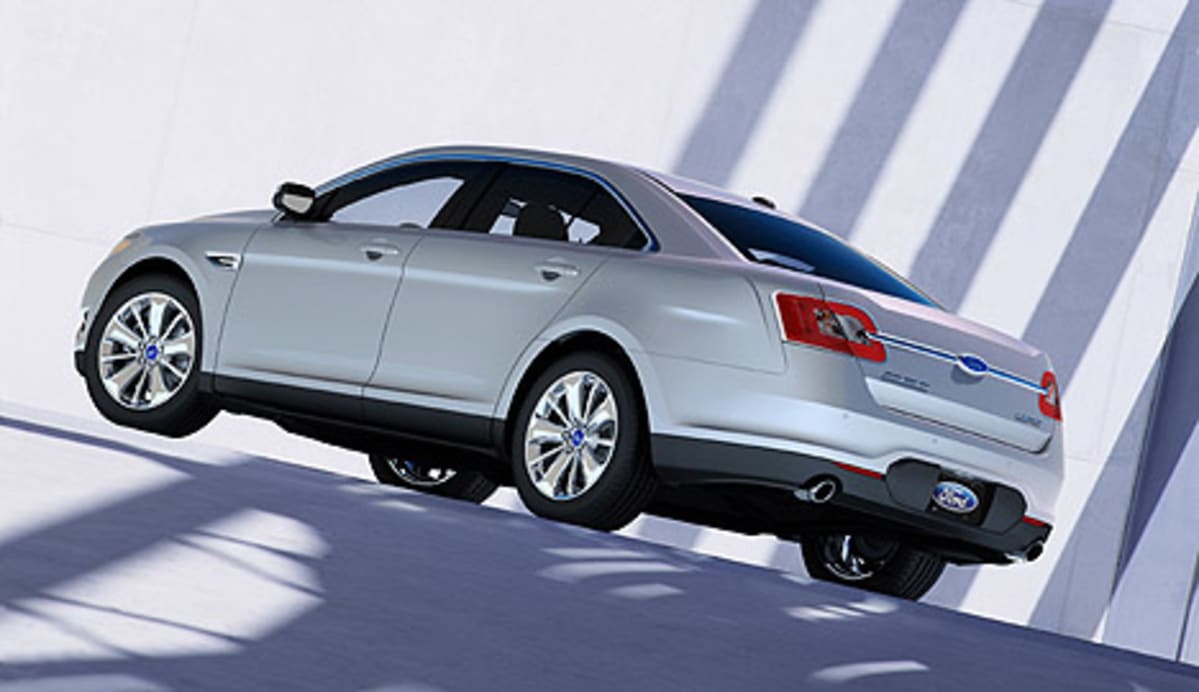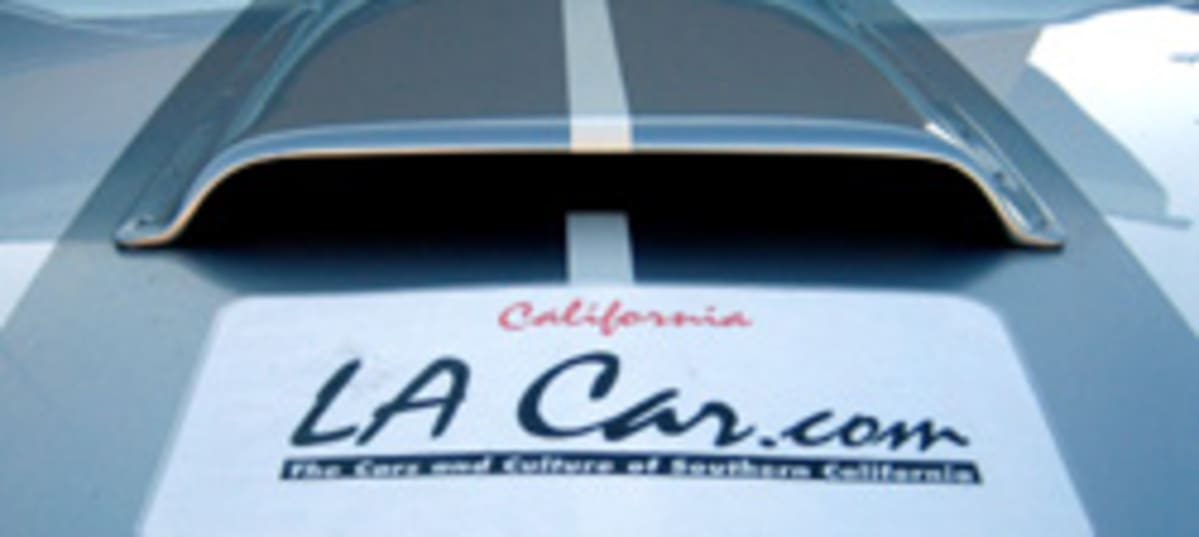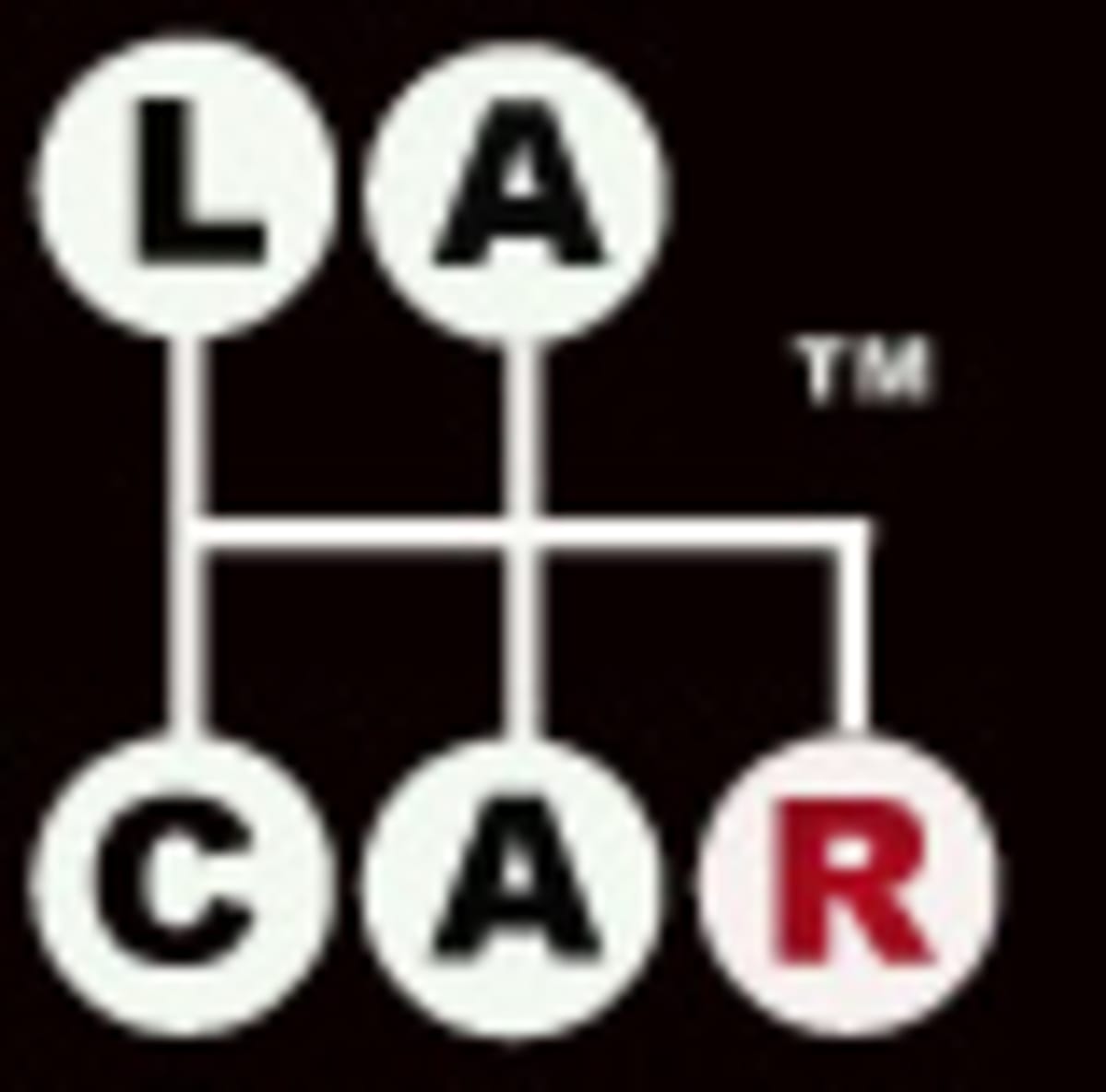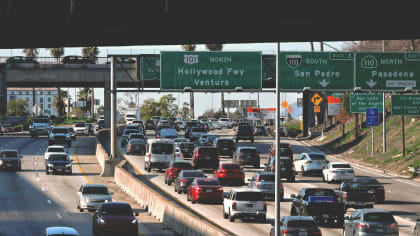BACK SEAT DRIVING - JANUARY 2009
This article is from our archives and has not been updated and integrated with our "new" site yet... Even so, it's still awesome - so keep reading!
Published on Fri, Jan 9, 2009
By: The LACar Editorial Staff

 Â
Is this the car that can save
Chrysler?
Editor's Note: Just as Chrysler's insolvency appeared to be a virtual
certainty, it managed to (once again) snatch victory from the jaws of defeat.
This time, it's an alliance with Fiat that seemed to have come from nowhere
right into Chrysler's lap. It's a great big patch of blue in an otherwise cloudy
sky. - Roy Nakano Â
BOB NARDELLI: BACK SEAT DRIVING
CHRYSLER'S PATH TO LONG-TERM SUCCESS
To all Chrysler employees, dealers, suppliers and other stakeholders:
With this week's announcement of our nonbinding agreement for a strategic
alliance with Fiat, I want to update you on where we stand in our continuing
efforts to manage our business through the current economic downturn and put
Chrysler on a path to long-term success.
This potential alliance has the opportunity to greatly benefit America by
preserving American jobs, stabilizing the economy including the important
domestic auto industry and expanding the availability of small, fuel efficient
automobiles. Throughout this process we will work with the U.S. government to
ensure Chrysler meets all the terms of the U.S. Treasury loan agreement,
including the submission of a restructuring plan that assures Chrysler's
long-term viability, timely loan repayment and energy efficiency. It is
important to note that no U.S. taxpayer funds would go to Fiat.
Fiat 500
Our Vision, Mission and Strategic Framework Continues
One year ago, we began our first full year as an independent company with a
three-part strategic framework to help focus our efforts and align our resources
toward our goal of returning to profitability. The framework is comprised of
three basic principles:
Enhance our core: invest in product enhancements; strengthen our customer focus;
improve our relationship with our dealers; and recommit the entire organization
to a new level of quality.
Extend our business: develop or establish partnerships to provide new products;
build off of existing products to extend into new segments; explore new and
adjacent market opportunities; and accelerate new technologies and innovation.
Expand our market: pursue global alliances to fill gaps in our product portfolio
and open new geographic opportunities; increase global sales by building from
our existing dealer network; and invest closer to our global customers by
enhancing regional business operations and global engineering centers.
As the economy declined through 2008, Chrysler responded quickly and
aggressively by making further reductions in manufacturing schedules to keep
production and dealer inventory aligned with shrinking U.S. market demand. The
extensive restructuring, cost reduction and productivity enhancements served to
support our competitive position in the continuing economic downturn.
By executing our business plan, reducing our fixed costs and working to
continually improve our operational performance, we were ahead of our targets to
return to profitability through the first half of 2008. But in the second half
of the year, our nation's financial meltdown and a freeze in credit led to a
devastating automotive industry depression. On a Seasonally Adjusted Annual Rate
(SAAR) basis, vehicle sales fell to their lowest level in 26 years.
Bridge Loan Required for Short-term Viability due to Economic Factors
As a result, we went before the U.S. Congress last November to testify for the
need for a $7 billion bridge loan to sustain our business. We presented data
showing the likely devastating effect of a domestic automaker bankruptcy to the
overall economy. We explained how the freezing of credit markets prevented
average hard-working Americans from getting access to competitive vehicle
financing and reduced our dealers' ability to get market competitive funding to
place wholesale orders. Those factors combined to constrict cash inflows to auto
manufacturers including Chrysler. In fact, 20 percent of our revenue disappeared
overnight when our finance company was unable to offer leases to our customers.
In December, we returned to Washington, D.C., and presented a plan for viability
and accountability to the U.S. Senate, House of Representatives and the Treasury
Department. We reiterated our request for a $7 billion bridge loan from the
federal government. Our plan was supported by extensive financial data laying
out a clear case on how Chrysler would manage through the current global credit
crisis and generate adequate cash to begin repayment of the loan in 2012. We
also shared our long-term product plan, which is central to our return to
sustainable profitability.
The U.S. Treasury granted us the first $4 billion of our request, signaling its
confidence in our plan as well as recognizing the importance of the automotive
industry to our national economy. The bridge loan supports our operations as we
continue our process of restructuring and transformation, and we are working
hard to meet all requirements for the receipt of the balance of $3 billion, for
a total of $7 billion - the amount of our original request.
Fiat 500
Aggressive Restructuring Already Showing Positive Results
So far in our restructuring efforts, we have reduced fixed costs by more than
$3.4 billion, have taken out 1.2 million units or 30 percent of our production
capacity and stopped building four models to simplify our product line.
We've made significant enhancements in our products and, in the last 12 months,
we achieved the lowest warranty claim rate in our company's history - a 30
percent improvement compared with the prior year. Reflecting the Company's focus
on designing and building in quality from the beginning, Chrysler had the
industry's lowest number of recalls in 2008 as reported by NHTSA - a total of
360,000 units, down from 2.2 million units in 2007. For the 2009 model year,
over 88 percent of Chrysler's vehicles achieved five stars for frontal crash
tests, 86 percent achieved the highest rating for side-impact protection and 73
percent of our product line up offers improved fuel economy compared with last
year's models. Altogether, we are leaner, more nimble and focused on customer
first and quality period.
We continue to invest in new products, with 24 new-vehicle launches during the
next 48 months. That means the Company will renew more than 60 percent of its
total sales volume, including the next-generation Jeep® Grand Cherokee, Dodge
Charger, Dodge Durango, Chrysler 300 and several exciting new small cars. We'll
continue to improve overall fuel economy with these new small-car entries and
our all-new Phoenix V-6 engine.
Through our internal ENVI organization, we're focused on electric as our primary
clean-vehicle technology. Our product plan includes the introduction of a
full-function electric-drive model in 2010, and three additional models by 2013.
We focused our resources and funding on electrifying our existing models to
achieve speed to market. We also selected this technology because it is the
least disruptive to the existing infrastructure and the most consumer-friendly.
Our vision is to build cars and trucks people want to buy, will enjoy driving
and will want to buy again. And we're doing just that. Just this week, we earned
two top honors at the annual Polk Automotive Loyalty Awards. The 2009 Chrysler
Town & Country earned the "Automotive Loyalty Award - Minivan" for the eighth
year in a row, and Jeep Grand Cherokee took "Automotive Loyalty Award - Mid-size
SUV."
The all new 2009 Dodge Ram truck is another prime example of the customer focus
and innovation that's part of the Chrysler DNA. In addition to overwhelmingly
positive customer response, the all-new Ram already has earned nine industry
awards including the 2009 International Truck of the Year, Truckin' magazine's
Truck of the Year, Texas Auto Writer's Association (TAWA) 2009 Full-Size Pickup
Truck of Texas and Edmunds.com Inside Line Editors Most Wanted for 2009.
Fiat Bravo
Alliances Support Long-term Success in Local and Global Markets
We are actively building on our strategy of alliances and partnerships in order
to create value and enhance our ability to meet customer needs. Chrysler is
currently engaged in more than two dozen alliances and partnerships around the
world, including our joint-venture with GM, Daimler and BMW to develop two-mode
hybrid powertrain technology, and our GEMA alliance with Hyundai and Mitsubishi,
which produces the advanced technology, four-cylinder World Engine in Dundee,
Mich. Our manufacturing agreements with Volkswagen and Nissan further illustrate
our strategy of partnering to win.
This week, Cerberus, Chrysler and Fiat announced a preliminary nonbinding
agreement to establish a long-term global strategic alliance. Upon completion of
a due diligence process and meeting all of the U.S. Treasury requirements and
required approvals, the agreement could be completed as early as April.
This alliance would further enhance the fuel-efficiency of our product
portfolio, support our ability to build a long-term profitable enterprise and
preserve American jobs. The alliance would give us access to substantially all
Fiat group vehicle platforms, which would complement our current product lineup
with fuel-efficient, environmentally friendly small cars and powertrain
technology - including clean diesel. Using Fiat's distribution system, we'd be
able to greatly increase the global reach for the Chrysler, Dodge and Jeep
brands in markets outside of North America.
Fiat would benefit from product and technology sharing, with access to our
vehicle platforms and our manufacturing capabilities in North America. In
addition, Chrysler would help Fiat bring its brands to the U.S. market.
Fiat has successfully executed its own restructuring during the past several
years, and Chrysler could benefit from Fiat's restructuring expertise.
Fiat Alliance Consistent with all Government Loan Conditions
The potential Fiat alliance is consistent both with our strategic plan and with
the long-term viability plan required under the U.S. Treasury loan. The alliance
would help us provide a return on investment for the American taxpayer by
securing the long-term viability of Chrysler brands in the marketplace.
It's important to note that no U.S. taxpayer funds would go to Fiat. The
alliance is based on an exchange of equity for assets. Fiat would acquire an
equity stake in Chrysler by giving us access to substantially all its vehicle
platforms and technologies. This access is of high value to Chrysler, saving us
significant costs and years of development time.
Fiat Bravo
Many Components Work Together to Make Chrysler Viable
For Chrysler, this alliance is a key milestone on our path to viability. But it
is just one piece. Our viability still depends on receiving the remaining $3
billion in government funding and concessions from each of our constituent
groups: lenders, employees, unions, dealers and suppliers, so that we're in
position to benefit when the automotive market recovers.
A healthy Chrysler Financial is another important component of our recovery.
Chrysler Financial recently qualified for $1.5 billion in federal Troubled
Assets Relief Program (TARP) funds. This money will immediately be put to work
assisting our customers in securing the credit they desperately need. We all
understand the critical interdependence between Chrysler LLC and Chrysler
Financial. Our success is linked with theirs. Our viability depends on customers
having access to affordable credit for loans and our dealers having access to
competitive credit to finance their floor plan costs.
Meanwhile, we continue to meet with constituents as we seek to achieve shared
sacrifice and required concessions to be included in our U.S. government
long-term viability plan.
Let me be clear: we don't underestimate the challenges before us. We also
recognize that the financial crisis, which has brought hardship to Chrysler, has
created similar challenges for our suppliers, dealers and other constituents.
But we continue to make important strides toward restructuring our company,
leveraging strategic partnerships and developing innovative new products. We are
committed to working together to find ways to reduce costs while maintaining the
business operations that will support our mutual and sustained viability for the
long term. We are committed to work with all our company stakeholders, including
our employees, unions, dealers, suppliers, lenders and owners to identify the
concessions required as a condition of our loan.
We recognize we have a unique bond with the American public, and we are fully
committed to meeting our obligations by developing high quality, fuel-efficient
vehicles. I appreciate your continued support as we seek to return Chrysler to
its rightful place as an industry leader.
Bob Nardelli, Chairman & CEO
Chrysler LLC
Â
Â
Â
Â
 Â
TOMMY GRAFMAN: BACK SEAT DRIVING
IT'S A SMALL WORLD AFTER ALL
At long last, we have full integration!
Acura, Macworld, and the melding of the automotive, iPod and iPhone worlds
As the co-owner of a Macintosh service company, attending the Macworld
convention in San Francisco is one of the yearly rituals I do. And from the time
the product first came out at Macworld, the iPod has dominated the market of MP3 audio/video
players. For years, I've been grumbling about the fact most cars
I've reviewed don't have a proper iPod connecter and interface with the car
audio system. Having a state-of-the-art car with a killer audio system but no
iPod connection leaves me perplexed. Hey, maybe if the automotive industry had a
proper iPod connection years ago, they wouldn't be in the condition its in
today. Who knows? History will decide.
Meanwhile, back at Macworld: I'm attending the Acura Lounge, and the car company
is showing off its new TL. I'm pleased to see the vehicle equipped with full
iPod integration and hands-free, voice-activated connections thru
Bluetooth-enabled phones. The Acura Lounge has several cars on display and
invites attendees to coffee, couches and connectivity. I am elated to see an
automotive company with the foresight to cross-over into different industry, and
show how the two industries work together. After all, I spend so much time in my
car, I call mine my mobile office.
I get a first-hand demonstration of iPod-iPhone integration inside the new TL.
Sitting behind the wheel is amazing, but I'm not here to do a car review (I keep
telling myself). I plug my iPhone into the connector and the screen on the dash
immediately comes to life with my iPhone music playlist. I use the dash
controls, and select some songs to play. The display shows the artist, album,
track and time. It also shows the other tracks from the selected album. This is
one of the best interfaces I have seen in a long time - quick and easy to read.
The interface is only matched by the quality of the sound system (and yes, I did
crank it up to '11').
I must say, it's great to experience the melding of auto industry, iPods and
iPhones - courtesy of Acura.
- Tommy Grafman
Check out: www.acura.com
Â
Editor's note: Tommy Grafman is a partner with MacMyDay.
Â
Â
Â
Â
 Â
The 2010 Toyota Prius unveiled
NAKANO: BACK SEAT DRIVING
Within days of Ford's unveiling its remarkable
Fusion Hybrid, Toyota releases information on the next-generation Prius.
The midsize third-generation 2010 Prius will offer even better mileage ratings,
enhanced performance, and innovative design features. It will be quieter,
roomier, and equipped with advanced standard and available features such as a
moonroof with solar panels, four driving modes, Intelligent Parking Assist (IPA)
and steering wheel touch controls that display on the instrument panel.
The third-generation Prius extends its record of continuous improvement in fuel
economy. The first-generation Prius, which was rated 41 EPA combined mpg, was
replaced by the current model, which is EPA rated at 46 mpg, combined
city/highway. Using a combination of technologies, fuel efficiency was increased
to an estimated 50 miles per gallon for the new Prius.
A larger and more powerful 1.8-liter Atkinson-cycle, four-cylinder engine will
power the new Prius. Contrary to conventional wisdom, Toyota claims the larger
engine actually helps improve highway mileage. By making more torque, the new
engine can run at lower average rpm on the highway. When operating at lower rpm,
the new engine uses less fuel. Mileage is especially improved in cold-start
conditions and at higher speeds.
Use of an electric water pump and a new exhaust gas recirculation (EGR) system
also contribute to the engine's efficiency. The 1.8-liter Prius engine is the
first Toyota power plant that requires no belts under the hood for better fuel
economy and less potential maintenance.
Unlike most other hybrid vehicles available, Prius has been a "full" hybrid
since introduction. This allows it to run on engine alone, battery alone, or a
combination of both. The system blends the best of parallel hybrid and series
hybrid designs to achieve the ability to operate on the electric mode alone, and
to charge the batteries while the car is running. The new Prius will offer three
alternative driving modes. EV-Drive Mode allows driving on battery power alone
at low speeds for about a mile, if conditions permit. There is also a Power
Mode, which increases sensitivity to throttle input for a sportier feel, and an
Eco Mode, which helps the driver achieve their best mileage.
Pricing for the 2010 Prius will be announced shortly before it goes on sale late
spring.
2010 PRIUS SPECIFICATIONS
POWERTRAIN
1.8-liter four-cylinder engine with VVT-i
Engine horsepower: 98 hp @ 5,200 rpm
Engine torque: 105 lb-ft @ 4,000 rpm
Electric motor: Permanent magnet synchronous motor
Electric motor power output: 80 hp/153 lb-ft torque
Hybrid system net horsepower: 134 hp
Emission rating: SULEV (with AT-PZEV)
Electronically controlled continuously variable transmission
Drive System: Front-wheel-drive
Hybrid battery pack: Nickel-metal hydride
Estimated fuel economy: 50 mpg (combined)*
* Preliminary figure based on Toyota's internal testing Â
DIMENSIONS (inches)
Overall Length: 175.6
Overall Width: 68.7
Overall Height: 58.7
Wheelbase: 106.3
Ground clearance: 5.5
Coefficient of Drag: 0.25
EPA class rating: Midsize
Toyota says the new Prius will be built using processes that reduce pollution in
every stage of vehicle life, from production and driving, through to disposal.
Â
Â
Â
Â
 Â
The Fusion Hybrid can drive in pure electric mode
up to 47 mph.
NAKANO: BACK SEAT DRIVING
7 REASONS
Why Ford Has The Best Chance of Surviving The
Crisis
  Â
With all the talk about the credit crisis and bailouts for the auto makers,
there has been this tendency to paint The Big Three with a single brush. In
fact, the domestic car companies are not all in the same fiscal boat. Ford Motor
Company has indicated that it sees no need for a loan from the Federal
government at this time. It has, however, asked for a line of credit. The
distinction may have gone largely unnoticed, but it's a reflection of the
cautious optimism Ford has for several new products scheduled to come to market.
These new products, along with changes already in place are why Ford Motor
Company has the best chance among the domestic car companies of surviving this
crisis:
1. Alan Mulally
Ford recognized early on that it needed to make a fundamental change in the way
it did business, or risk death. That's why in September of 2006, William Clay
Ford, Jr. stepped aside and named Alan Mulally the new President and CEO of
Ford. Mulally had been credited with the resurgence of Boeing Commercial
Airlines in the mid-2000s. At Ford, Mulally's cost-cutting led to the company's
first profitable quarter in two years. He is credited with playing major role in
stabilizing Ford's financial position to the point where it is outside the
threat of bankruptcy.
2. Ford F-150
It took a hit in mid-2008, when $4 per gallon gasoline sank sales from first
place to fourth. By the end of the year, however, the F-150 was back on top as
the number one selling vehicle in the USA. With an all-new F-150 at the
showrooms and gas prices hovering below $2, Ford should do well with this
bread-and-butter offering. These times of economic uncertainty have brought out
some jingoistic sentiments. Whatever detriments it may carry, it should bode
well for traditional American brands, and domestic truck manufacturers stand to
benefit the most.
3. Ford Fusion/Mercury Milan
The first-generation Fusion/Milan, introduced for the 2006 model year, earned
universal accolades. Everyone from Consumer Reports to LA Car's Back Seat Driver
liked the car. The Ford of yesteryear would have been content to drag the the
same vehicle into the 2010s without any changes. The new Ford, however, chooses
not to rest on its laurels. The second-generation Fusion/Milan not only offers a
significant boost in power on its premium motor, it also boasts the best gas
mileage of any non-hybrid midsize sedan in its base engine - 34 mpg on the
highway. That's right up there with the subcompact Honda Fit! Â
4. Ford's Third-Generation Hybrids
The big news with the new-generation Fusion/Milan is the new hybrid model.
Ford's first and second-generation Escape Hybrids have been exemplary in gas
mileage, reliability and customer satisfaction. Ford's third-generation full
hybrid system surpasses even Toyota's counterpart. This midsized hybrid sedan
can travel in pure electric mode up to 47 mph! This translates to an EPA rating
of 41 mpg in the city and 36 on the highway - far surpassing the mileage figures
for the excellent Toyota Camry Hybrid. The LA Times' Dan Neil did even
better, with a real-world city mileage of 61 mpg, taking advantage of the car's
full electric mode ability.
The 2010 Ford Taurus
5. The New Taurus
After ignoring the sedan market for so long, Ford is following up the new
Fusion/Milan with another all-new sedan: The next-generation Taurus. The current
Taurus is a very good car, but its sales have been disappointing. The new one is
significantly more attractive, and Ford plans on unveiling a halo model: The
return of the Taurus SHO, which will feature Ford's new Eco-Boost engine.
6. Eco-Boost
Eco-Boost is the name given to Ford's new turbocharging and
direct-fuel-injection technology, allowing smaller engines to perform like
bigger ones, but with better fuel economy. One of the first applications will be
to a twin-turbo 3.5-liter V6 that will make around 350 horses. Fuel economy is
expected to improve by 15-20 percent over Ford's similarly powered V8. Expect to
see the Eco-Boost offered in Ford's new F-150 and Taurus.
7. The British Are Coming!
Ford has some very attractive small vehicles in Europe, including the handsome
new Fiesta, C-MAX and S-MAX. The carmaker knows this and is working at
break-neck speed to tool up the first of possibly several small European
vehicles for manufacture in the USA. The subcompact Fiesta is expected to arrive
in 2010, boasting great fuel economy and refinement heretofore unheard of in a
small American car. Â
Â
Of course, nothing is for certain. And these are not the only reasons to bet that Ford will survive the current crisis.
They are, however, the ones that stand out. My money is on Ford to make it through the
night.
- Roy Nakano
Â
Â
Â
Â
Â
A
JOURNAL OF LOS ANGELES & ITS CAR CULTURE That
was LA Car's subtitle when it started back in 1997. It's original website
address was about five times the size of lacar.com. Since then, La Car
became LA Car. Its subtitle became
Reporting From Car Culture Ground Zero, then From The Heart of Car
Culture, to today's The Cars and Culture of Southern California. At
all times, however, we aimed to chronicle the Southland's automotive spirit - much like
one's own
journal or diary.
LA Car has always been a great source
to come back to from week-to-week, to see what articles and reviews have been
added to our rather staggering database. With Back Seat Driving, a.k.a.
BSD (note the similarity to two well-worn abbreviations, BS and BFD) and Hot
Wires - Hot & Tender News From the Car Culture (co-located with Back Seat
Driving, and updated at least daily), we give you some reasons to
come back more often (all opinions, by the way, are those of the respective
author).
So, go
ahead and bookmark www.lacar.com. We'll be
sure to always provide a link to Hot Wires and the latest Back Seat
Driving blog entry. In the meantime, welcome to the journal and journey from
the heart of the car culture. - Roy NakanoÂ
For
past Blog entries, click the following:
December 2008
November 2008
October 2008
September 2008
August 2008
July 2008
June 2008
May 2008
April 2008
March 2008
February 2008
January 2008
December 2007
November 2007
October 2007
September 2007
August 2007
July 2007
June 2007
May 2007
April 2007
March 2007
February 2007
January 2007
December 2006
November 2006
October 2006
September 2006
August 2006
July 2006
June 2006
May 2006
April 2006
March 2006
February 2006
January 2006
December 2005
November 2005
October 2005
September 2005
August 2005
July 2005
June 2005
May 2005
April 2005
March 2005
February 2005
January 2005
December 2004
November 2004
October 2004
September 2004
August 2004
July 2004
June 2004
May 2004
April 2004
